By now we're all pros at handwashing — or ought to be with all the germs from COVID-19, flu, colds and RSV (respiratory syncytial virus) flying around. But while you might know the handwashing steps for scrubbing your mitts, getting a wiggly baby, toddler or even preschooler to clean their hands regularly is a different story. And yet it's one of the best ways for keeping the whole family healthy.
Because no matter how well you clean your home, your child is so busy touching everything that those tiny hands are picking up more than their fair share of germs, inside and outside. So while you can't stop your toddler from exploring, you can stop the germs she encounters from spreading and making you and others sick. All it takes is regular handwashing.
That's why it's important to know what the correct order of steps for handwashing are, as well as how long to scrub with soap and some 20-second songs to motivate your tot to stay at the sink for the required time. Plus, you'll be teaching your tot this healthy handwashing habit so she can someday do it on her own — without any prompting from you. Read on to find out the best way to do it.
The steps of handwashing
There are five basic steps that you can teach your child to do. All you need is running water and soap![1]
Wet your toddler's hands
Put your toddler's hands under the faucet and run the water. It can be cold, hot (but not too hot) or lukewarm. The temperature really doesn't matter. Then turn off the tap after your child's hands are nice and wet.
Get out the soap
Tell your toddler it's time for some serious suds, and get some soap on those hands. Then lather up so every part of your tot's hands are covered in suds — the palms, the backs of the hands, in between the fingers and under the nails.
Read This Next
Bar soap is tricky for toddlers and even preschoolers to grasp, so use liquid soap or even a sweet-smelling kids' foaming soap. And plain soap does the trick (no need for antibacterial soap, which can contribute to antibiotic resistance).
Scrub for 20 seconds
The classic song to hum is "Happy Birthday" twice to make sure your toddler is rubbing her hands and fingers together for 20 seconds. But there are scads of other 20-second kid classics too if your child ever tires of "Happy Birthday" as the handwashing song.
Rinse
Turn on the tap and wash all that soapy grime away. Again, the water can be cold or lukewarm.
Shake 'em off
Show your toddler how to shake her hands to get the water off. Then dry them with a clean towel or hand dryer.[2]
If you're not near a sink or running water, use hand sanitizer that's at least 60 percent alcohol. Put a quarter-sized squirt of sanitizer in your child's hands, and tell her to rub it all over her hands, including the backs and in between her fingers. Let them air dry.
When should kids wash their hands?
Just as important as knowing how to teach kids to wash their hands is knowing when. Those tiny hands get into a whole lot of messes where they can easily pick up bacteria or viruses.
And since toddlers are constantly rubbing their eyes, touching their noses and putting their fingers in their mouths, it's easy to see how those germs can make your child ill.
Since handwashing can prevent infections, make sure to wash hands often and to head to the sink especially at these times:[3]
- Before eating (even snacks)
- After using the potty or bathroom or after a diaper change
- After playing outside
- After petting any animal, including the family dog or cat
- After blowing her nose, coughing or sneezing
- Before and after spending time with someone who is sick (including a sibling or parent who isn't well)
How long should you wash your hands?
About 20 seconds, says the Centers for Disease Control and Prevention (CDC). That's how long it takes to scrub away most of the harmful germs and chemicals on your hands.[4]
But 20 seconds takes longer than you think. You can set a timer on the phone, or you can sing some 20-second snippets of songs together to make the time fly by. See below for some kid classics.
20-second handwashing songs
Even the most addicted-to-repetitive-routine toddler will tire of singing "Happy Birthday" (twice!), especially if her birthday is many months away. There are many pop and current kid tunes out there that lend themselves to handwashing songs. But if you want to stick to the classics, try these 20-second tunes:
- "Twinkle, Twinkle, Little Star"
- "Mary Had a Little Lamb"
- "The ABC Song" (but be sure to sing the last verse that starts "Now I know my ABCs")
- "Row, Row, Row Your Boat" (you'll need to sing it twice or even three times)
- "If You're Happy and You Know It" (and then substitute "Wash your hands" for "Clap your hands")
- "Here We Go Round the Mulberry Bush" (and then add a "Here is the way we wash our hands" verse)
How to wash your baby's hands
If your baby isn't too heavy, try holding her and putting her hands under the sink and going through the steps of handwashing. A step stool and faucet extender can make this easier at home.
In a pinch, try paper towels.[5] Here's how:
- Wipe your baby's hands with a wet and soapy paper towel.
- Rinse your baby's hands with a wet paper towel.
- Dry them with another paper towel.
Tips for teaching handwashing to preschoolers
What goes for toddlers also goes for preschoolers. While you may not have to stand over your preschooler as much, you still have to give reminders — and do things together so your child is scrubbing for the full 20 seconds. Some tips that go a long way:
- Build it into your child's routine. Before every snack and meal, announce that it's time to wash your hands. Do the same after your preschooler goes to the bathroom or sneezes into her hands. Eventually, she'll link these moments to the need for a good lathering.
- Make it accessible. Provide a step stool next to the sink, so your child can reach the faucet. That way she won't have to wait for your help to get washing.
- Use your words. Talk about the importance of handwashing and how all the soap and water is working together to remove bad bugs from her hands. Read books about hygiene to illustrate the point. Or get your child's pediatrician to weigh in on the topic. It may make a bigger impression on your little one if the doctor explains the value of clean hands.
- Get every caregiver on board. No doubt your child's day care providers or preschool teachers are tuned into the need for clean hands. Good thing too: With so many little kids clustered together, day care and school settings are breeding grounds for germs. But it doesn't hurt to ask your child's caregivers how often during the day the kids wash their hands. Also make sure your child's grandparents and other caring adults stick to your hygiene rules.
Of course, you have to model handwashing too. So get into some good handwashing habits yourself: Scrub your hands alongside your child before you eat and when the two of you come home. And let your child see (or hear) you lather up after you've used the bathroom.
That will go a long way to teaching your child how important it is to get into a good handwashing routine.



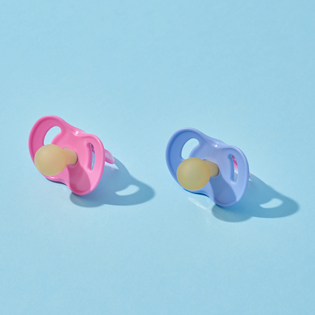








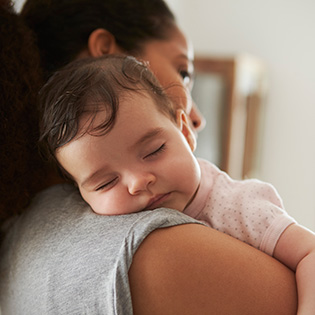


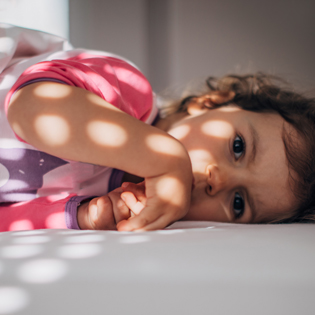

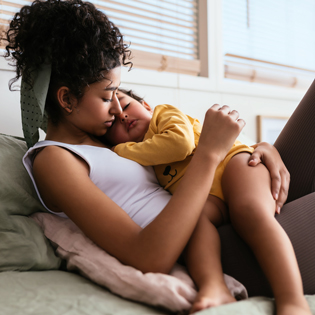















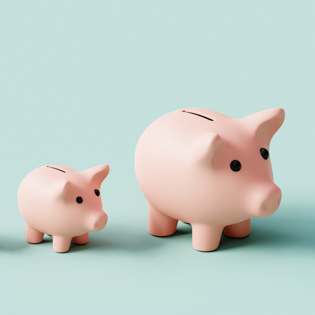









 Trending On What to Expect
Trending On What to Expect





